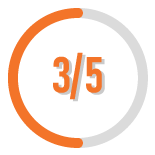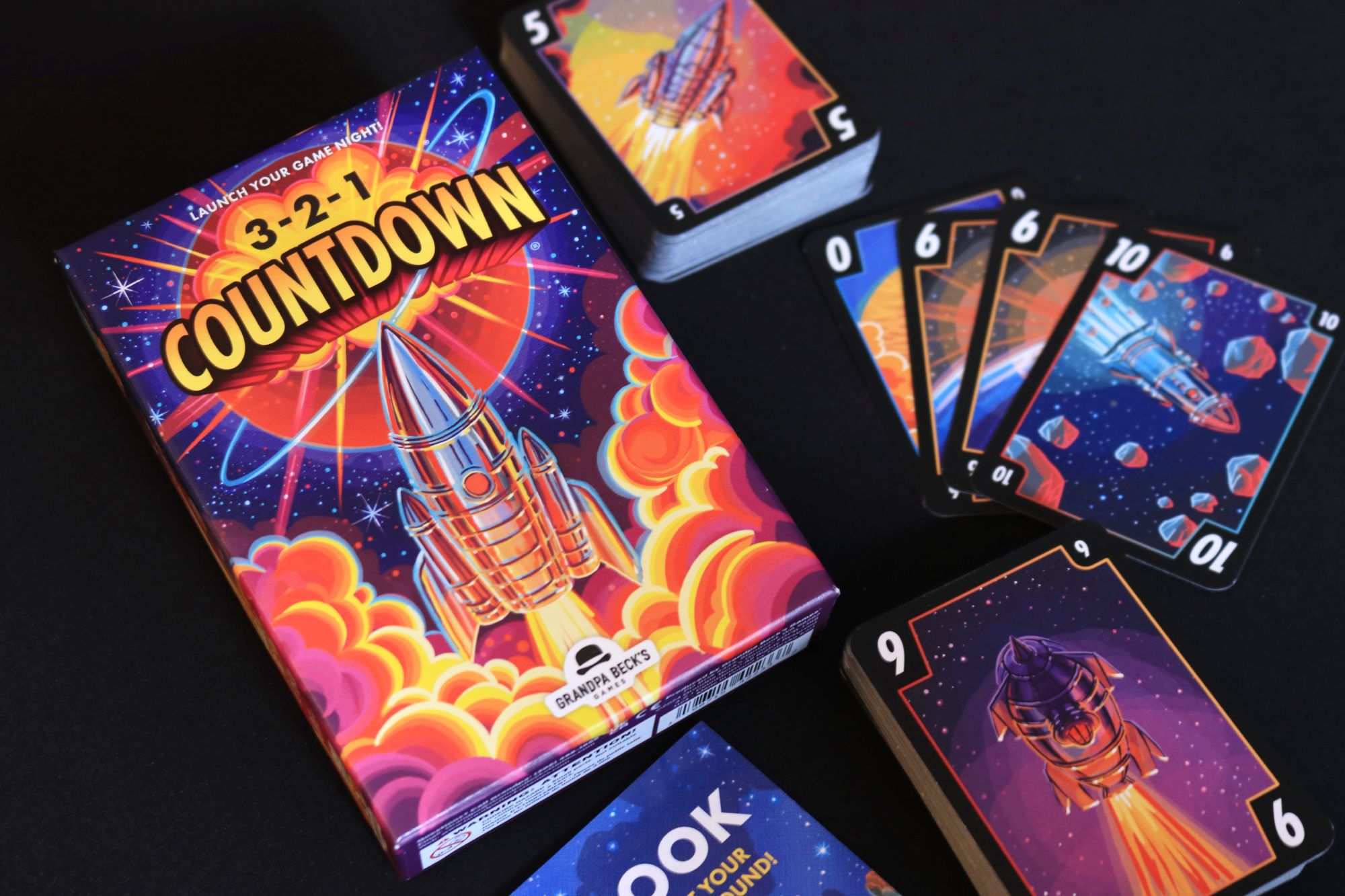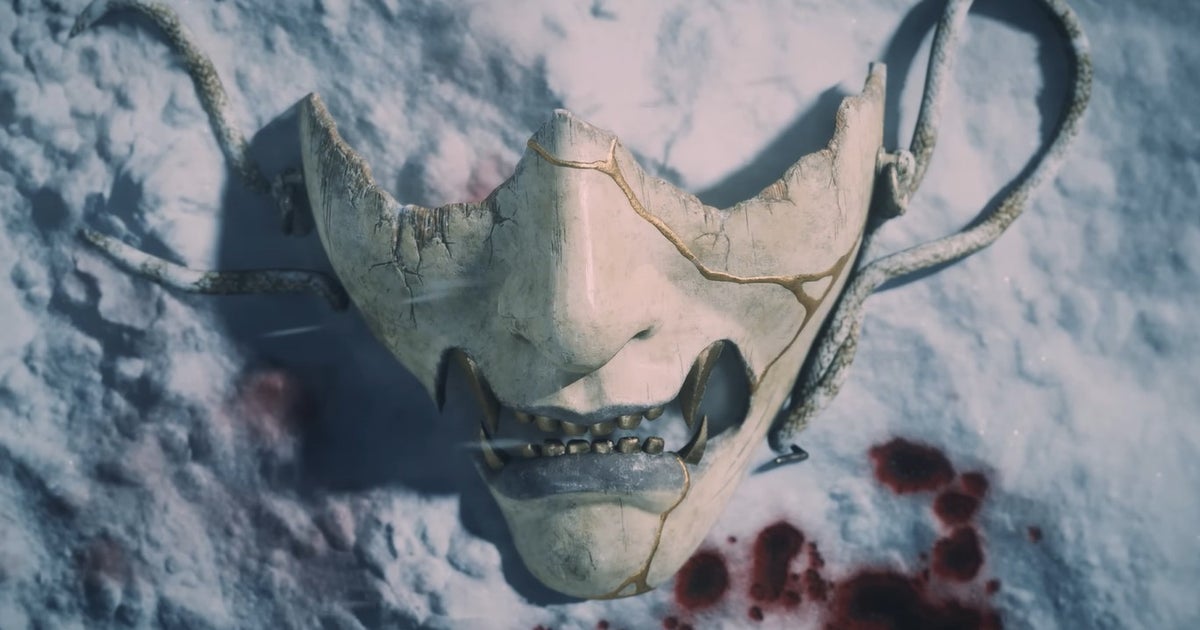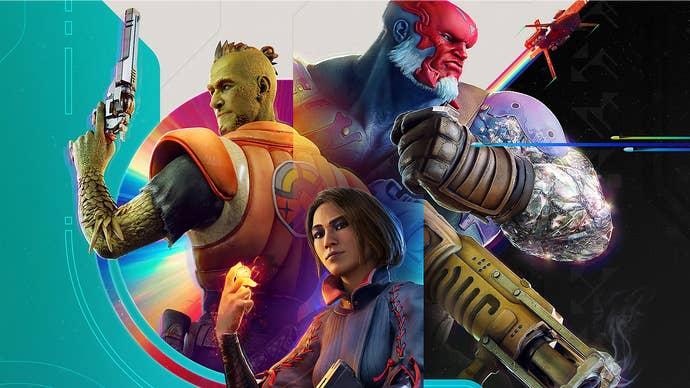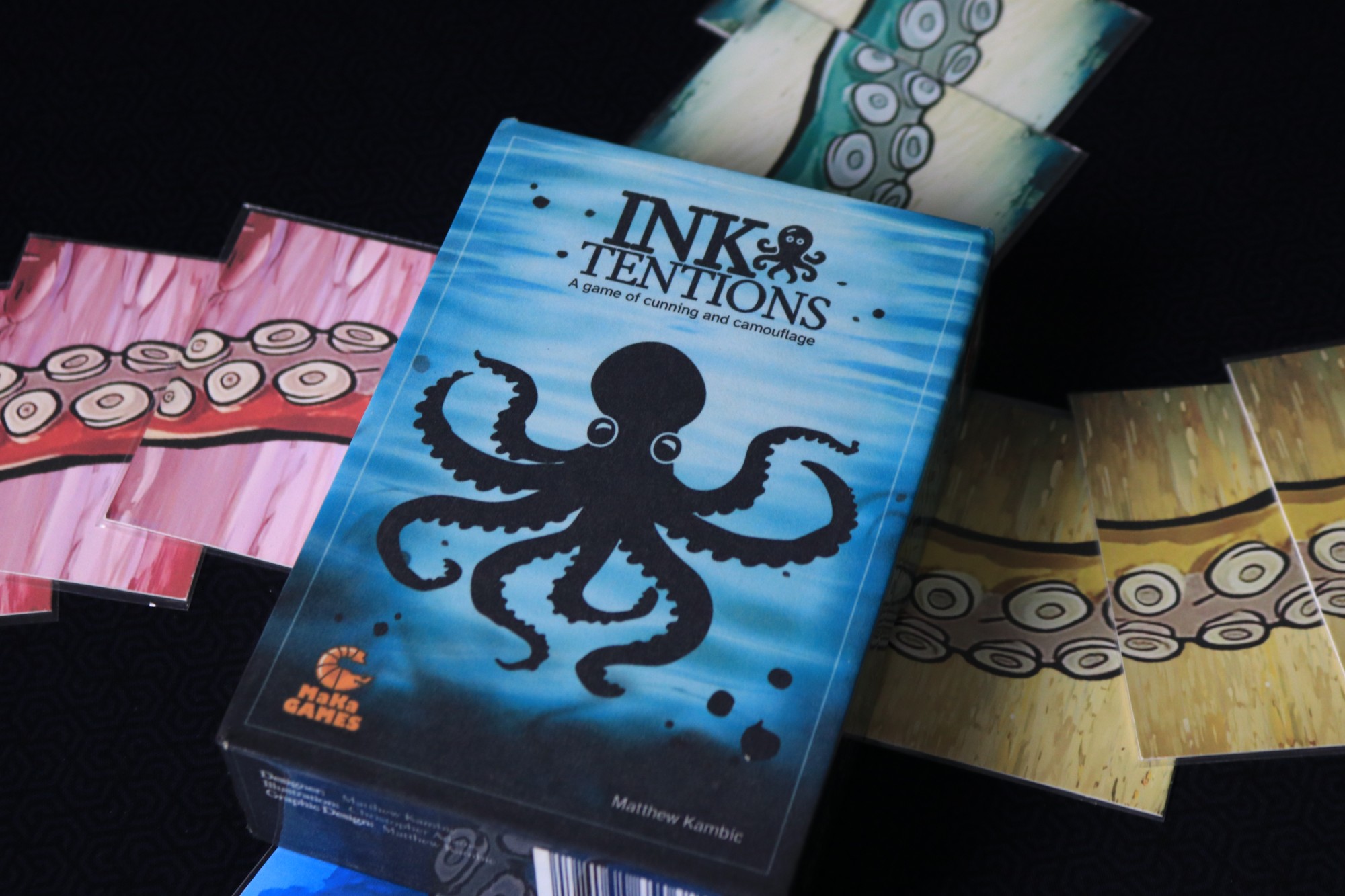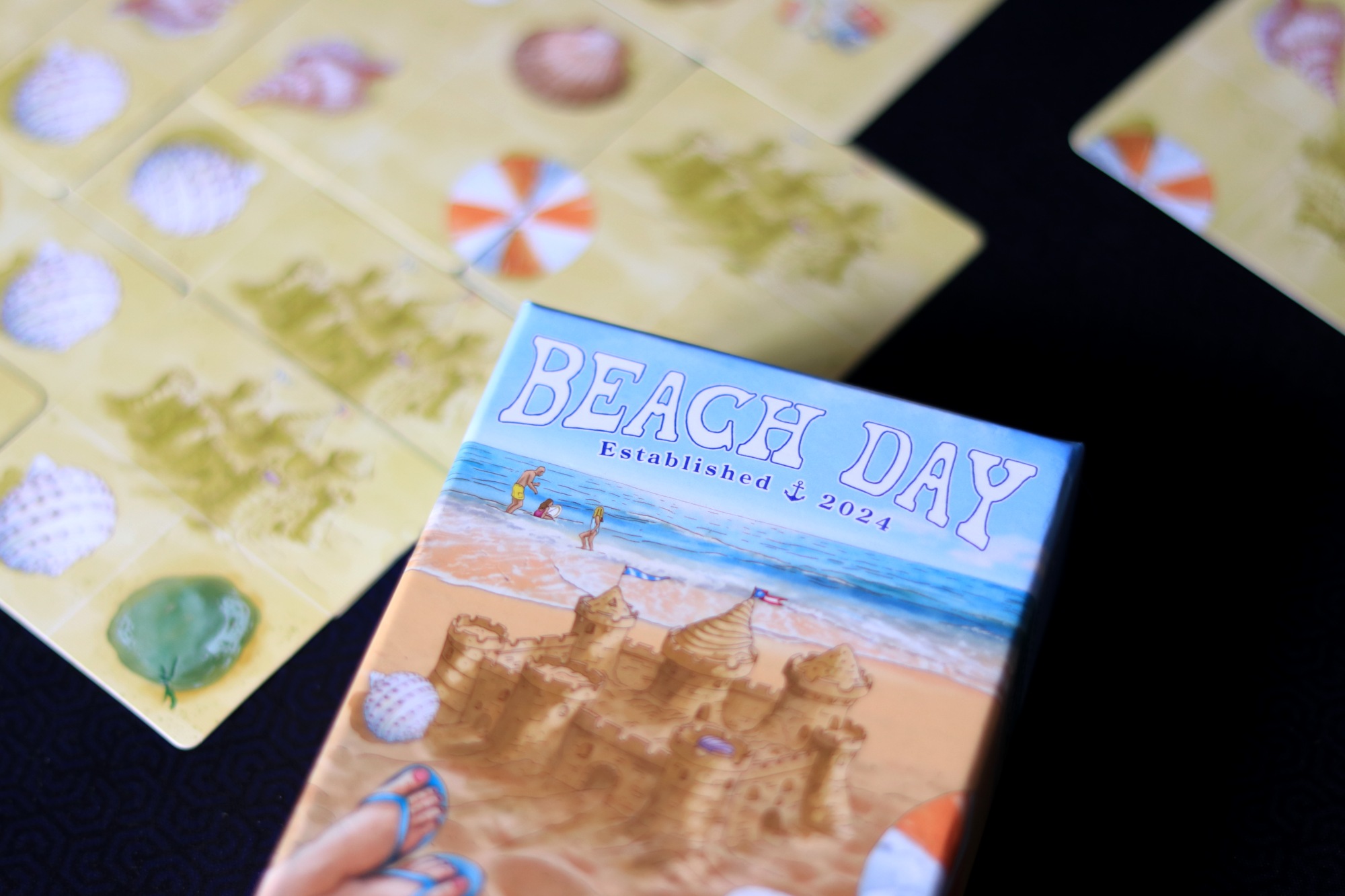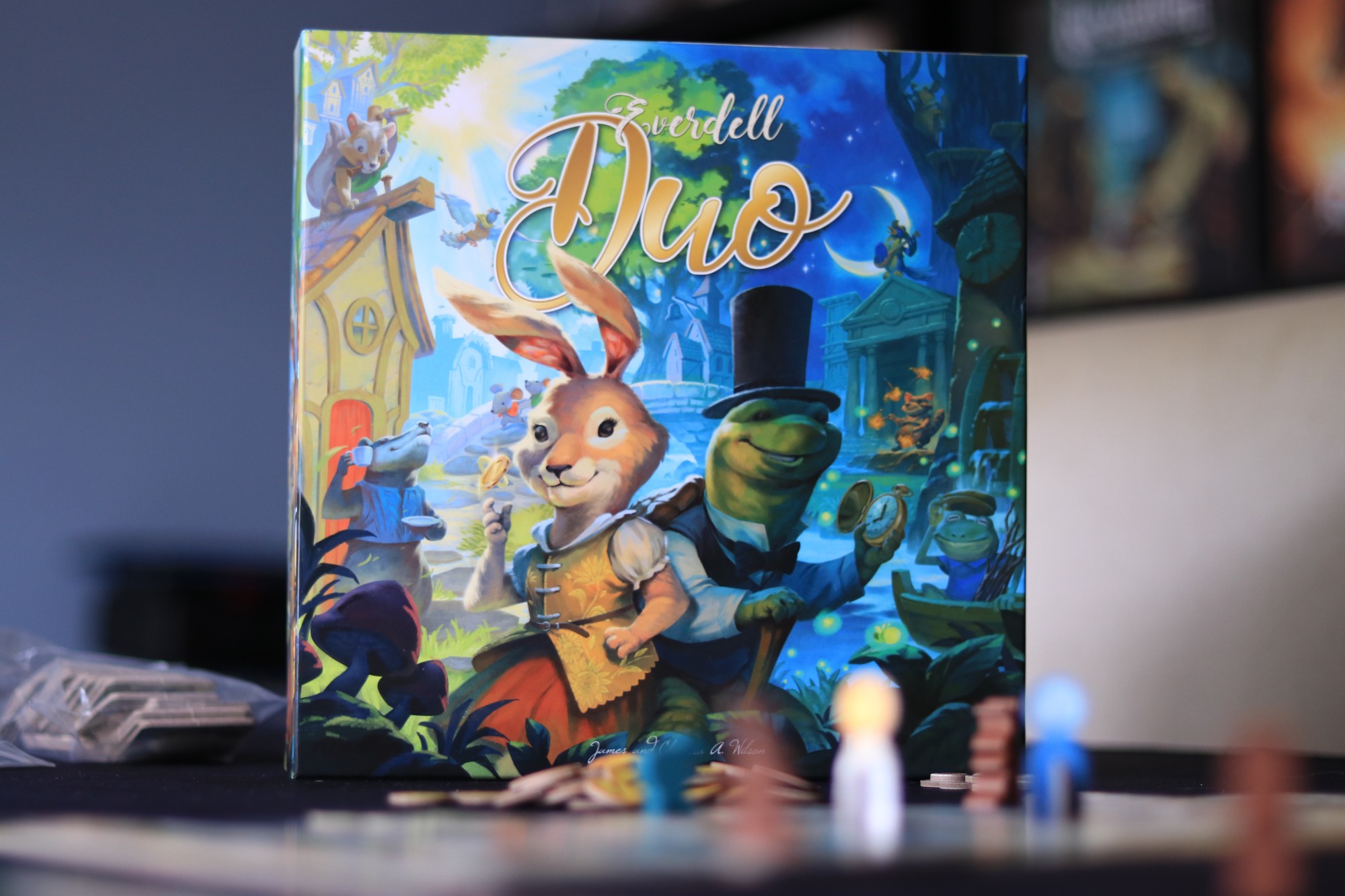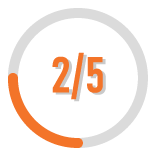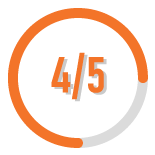We’ve learned over the years that a card game from Grandpa Beck’s Games is sure to be a good time around the table. 3-2-1 Countdown is a card shedding game released in early 2025 that we’re just now getting a chance to play. Will this retro rocket themed game be a crowd pleaser or will this be a failure to launch?
Countdown
3-2-1 Countdown is for two to eight players and is played over the course of 5 rounds. Each round, players are trying to shed the twelve cards from their hand or at least have the lowest valued hand when the round comes to an end. In higher player count games, you’ll only have ten cards in your hand, but the objective remains the same.

On your turn, you’ll simply discard a card or cards of all the same value to one discard pile, then draw the top card of the other discard pile. If you don’t like the card laying at the top, feel free to draw blind from the top of the deck in the center of the table. Having multiple copies of the same card is a great thing because it means that you can discard all of them at one time, inching your hand of cards closer to empty.
Drawing a new card after discarding can give you a chance of doubling or tripling another card value in your hand, making a future turn even more lucrative. Players are dropping cards and looking for chances to gain lower cards or cards that have synergy with the cards they have in their hand.
Ready to Blast Off
A round of 3-2-1 Countdown will end in one of two ways. If a player is able to discard a final card or cards on their turn, they say “Blast Off” and the round is over. For shedding all their cards, this player gets three points for emptying their hand. All other players share their numerical card totals as they share their hand of remaining cards. The player with the lowest card total gets two points and the next lowest gets one point.

A player can choose to end a round before someone has the opportunity to empty their hand. If a player has five or less points in their hand, they can place their cards face up in front of them, saying “Countdown”. This will end the round, but could be a risky move. If another player has a lower point total in their hand, they will grab the three victory points while the player who initiated this receives nothing. If the player who said “Countdown” did have the lowest total, they receive an additional bonus point, scoring four points. In either case, the next two players with the lowest point totals receive two and one point respectively.
The players that finish outside of the three lowest values don’t receive points, but there’s always next round. Most of our games, we play the full five rounds before totaling the players scores. In a game with six or seven players, we’ll sometimes play three or four rounds for a quicker game.
Mission Control
3-2-1 Countdown has great artwork from Apryl Stott that’s reminiscent of mid-1900’s science fiction. The rocket and color pallet of the game is excellent and works well as you race to shed your cards. I really enjoy the variety of rockets that appear on the eleven different cards in the game (zero to ten).

The card breakdown is weighted to the middle of the deck with the five cards showing up the most frequently. This is important to understand as you make decisions on whether or not to pick up specific numbers after discarding on your turn. Players often shoot immediately for low numbered cards in their first couple games. The problem is that the lower and higher cards in the deck are less plentiful, giving you less card matches in your hand.
While it seems counter intuitive, picking up that six or seven card makes a lot of sense. Chances are that you’ll have a couple of these cards in your hand already. Discarding a pile of cards feels so satisfying as you work to catch the other players off guard.
Space on our Game Shelf
This game definitely flew under our radar this year. I originally didn’t dig too deep into 3-2-1 Countdown because of the shear number of card games that have shown up in our house over the past year. We had a chance to check the game out at Origins Game Fair in June and we knew this would be a hit for our family and friends.
I’m a little sad that we waited six months to check out this great card shedding game. The game is quick to teach and moves really fast after you get through your first round. I like that players who don’t finish in the top three of the round are locked out of earning points. While scores are pretty low numerically, the games we’ve played have been tight and competitive.

I’m positive that this is one of my top three games that Grandpa Beck’s publishes. It’s going to be tough to take the place of the incredible trick-taking classic Skull King and the ultra mean Cover Your A$$ets. 3-2-1 Countdown is a game that can hit the table after dinner or at the beginning or end of any game night. This is an easy suggestion for anyone who’s looking to introduce a new card game that the whole family can jump into.
3-2-1 Countdown is available at your local game store, through the Grandpa Beck’s webstore or online through Amazon today.
This game was provided to us by the publisher for review. Read more about our review policies at One Board Family.
Highs
- Quick gameplay with a great art style
- Tension near the end of the round is fantastic
- Player interaction in the form of picking up what others discarded
Lows
- Play at the highest player count can drag a little
Complexity

Time Commitment

Replayability
